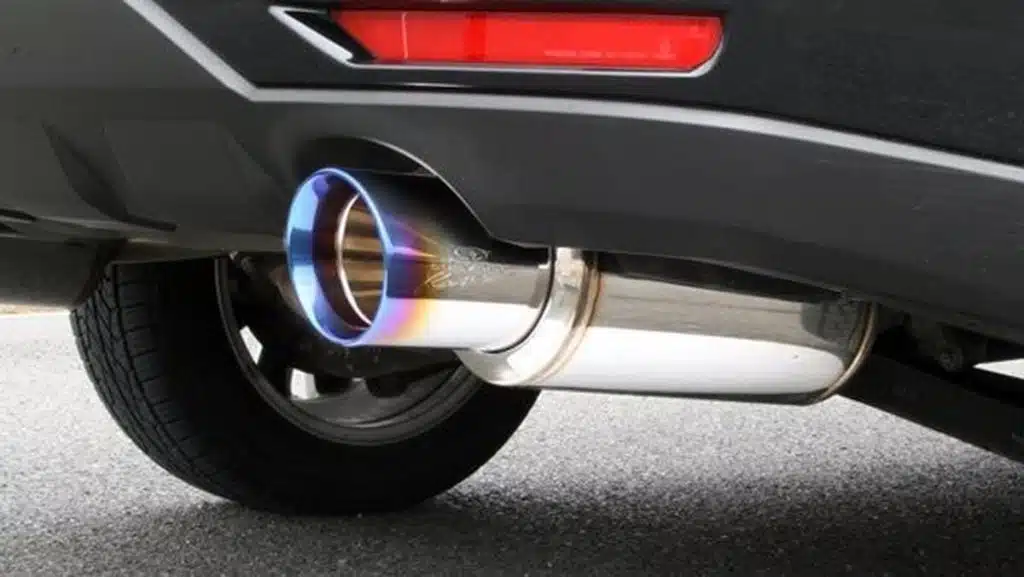A car exhaust system may seem highly complicated at first. After all, there is a lot more to it than just a tailpipe and muffler.
This guide takes you through the most important things you need to know about car exhaust systems and will give you expert knowledge by the end of it.
How Car Exhaust Systems Work
Each time your car runs, inside the engine there are thousands of small explosions happening. Each explosion produces power. It does this when it pushes against the pistons of the engine.
A side effect of the explosions is that, besides producing power, they produce leftover gas too.
The gas contains chemicals which are potentially dangerous. They include carbon monoxide, carbon dioxide, nitrogen oxides and hydrocarbons.
To stop the gases from entering the cabin and causing people to inhale them, they have to be directed away from the engine compartment. This is the primary function of a car exhaust system.
But modern vehicles have been designed for exhaust systems to do more. If exhaust gases go directly into the atmosphere, it causes them to affect more people. Not to mention, the non-stop engine explosions also produce noise pollution.
The car exhaust systems of today, have been designed to take care of all these problems.
For an in-depth demonstration of how a car exhaust system works, be sure to watch this YouTube video from Automotive Basics.

Functions of a Car Exhaust System
A car exhaust system has three essential functions. They include:
- To direct all exhaust fumes from the engine to behind the vehicle
- To reduce emissions by decreasing the number of toxic chemicals in the fumes
- To reduce the noise caused by the explosions which occur during the fuel combustion process.
A car exhaust system consists of many chambers and pipes. It begins at the engine and goes all the way to the tailpipe at the back of the vehicle.
Most vehicles have four-cylinder engines with a single exhaust. High performance and ‘sporty’ cars like a V8 generally will have twin exhausts.
Car Exhaust System Parts
Most people assume a car exhaust system is only the length of the tailpipe. It’s an easy mistake to make, as this is the only part of the exhaust which is visible (the part right at the very end).
But actually, a car exhaust system is made up of six different parts. The average length of an exhaust system is a large 3 meters.
Exhaust System Parts Names
The exhaust system parts names are as follows:
- Exhaust Manifold
- Oxygen Sensor
- Catalytic Converter
- Diesel Particulate Filter
- Exhaust Pipe
- Muffler
Each part has a very different purpose, and for an exhaust system to work correctly, all six parts must be functioning correctly.
Exhaust Components
Now that we know the exhaust system parts names let’s take a look at each exhaust component in more detail. As well as common problems associated with each part.
Exhaust Manifold
An exhaust manifold is critical. Its purpose is to get exhaust gases from the engine cylinders. Exhaust manifolds will correctly direct the gases throughout the rest of the exhaust system. It makes sure that that toxic gases from the exhaust do not go inside the vehicle and poison the driver and passengers.
What Is An Exhaust Manifold?
Exhaust manifolds are positioned on a vehicle’s engine, and for most vehicles, it is usually where the exhaust starts.
It’s made of cast iron metal and used to connect the engine with the other parts of the car exhaust system.
The manifold has individual tubes on one side. The tubes connect to each engine cylinder. They then merge into the exhaust manifold and come out the other side as a single tube.
Did you know that engines have intake manifolds too? But they go the other way. From the engine, there is a single starting point for fresh air. This is then split into each separate tube. Then the tubes will split off the manifold. They then take air to each cylinder individually for combustion.
Oxygen Sensor
Oxygen sensors are typically positioned on either side of the catalytic converter. They measure how much oxygen is in the exhaust system, and in the waste gases. Ideally, there would be none.
What Does An Oxygen Sensor Do?
An oxygen sensor helps to fine-tune the intake process and is often located in the exhaust manifold.
Based on the oxygen levels, a sensor then either adds or reduces fuel in the combustion process. This allows the exhaust to have the right fuel to air mixture.
The engine should use the exact amount of oxygen required to burn the fuel completely. This would mean that no oxygen or fuel would be leftover.
The Engine Control Unit (ECU) of a modern fuel-injected car, analyses the exhaust sensor oxygen reading. Then the ECU can help make sure that the best mix of air to fuel is in the engine cylinder. It does this by changing the amount of fuel being injected.
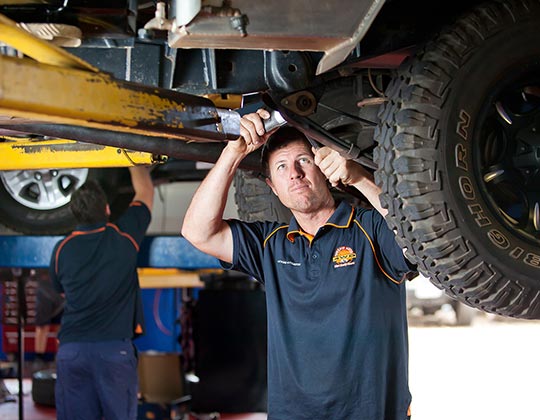
Catalytic Converter
Catalytic converters are found between the silencer and the manifold. Their role is converting pollutants found in exhaust flames into pollutants which are less harmful to both people and the environment.
If your vehicle originally had a catalytic converter fitted, then it is required by law to have one. If it is removed, your car will fail a roadworthy inspection. All modern cars have a catalytic converter.
What is a Catalytic Converter?
Car manufacturers are now required by law since 1986 to fit all new passenger vehicles with a catalytic converter. But what exactly is a catalytic converter?
It transforms exhaust gases which may be harmful into environmentally friendly elements. In simple terms, it gets rid of anything nasty from the exhaust gas.
The catalytic converter turns the pollutants from exhaust gases into nitrogen, water and carbon dioxide. Its purpose is to make sure that whatever comes out of the exhaust pipe won’t harm the environment.
This is a crucial part of the car exhaust system, and it helps to reduce pollution.
Diesel Particulate Filter
Diesel Particulate Filter is often referred to as DPF. For Diesel engines, it removes soot or particulate matter. To meet emission standards, all diesel vehicles are required to have a DPF fitted.
Muffler
A muffler is also known as a silencer, and it is located near the rear of an exhaust system. A muffler reduces any noise which comes from the fuel combustion process, as well as fumes from the exhaust system.
The way it does this is by using perforated tubes. They create opposing sound waves, and the sound waves cancel each other out.
What Does a Car Exhaust Muffler Do?
There are more things than waste gases which pass through your exhaust system. Sound waves also do. Excessive noise from the exhaust isn’t only an annoyance to your neighbours. They are also a public health issue and have been linked to causing major heart problems.
Mufflers use a few different strategies to reduce noise. Mufflers direct sound waves through chambers or tubes which are inside the muffler. This leads to most of the sound waves cancelling each other out. It’s also possible that inside the muffler, there are materials which help to absorb sound.
A muffler is also known as a silencer, and it is located near the rear of an exhaust system. A muffler reduces any noise which comes from the fuel combustion process, as well as fumes from the exhaust system.
The way it does this is by using perforated tubes. They create opposing sound waves, and the sound waves cancel each other out.
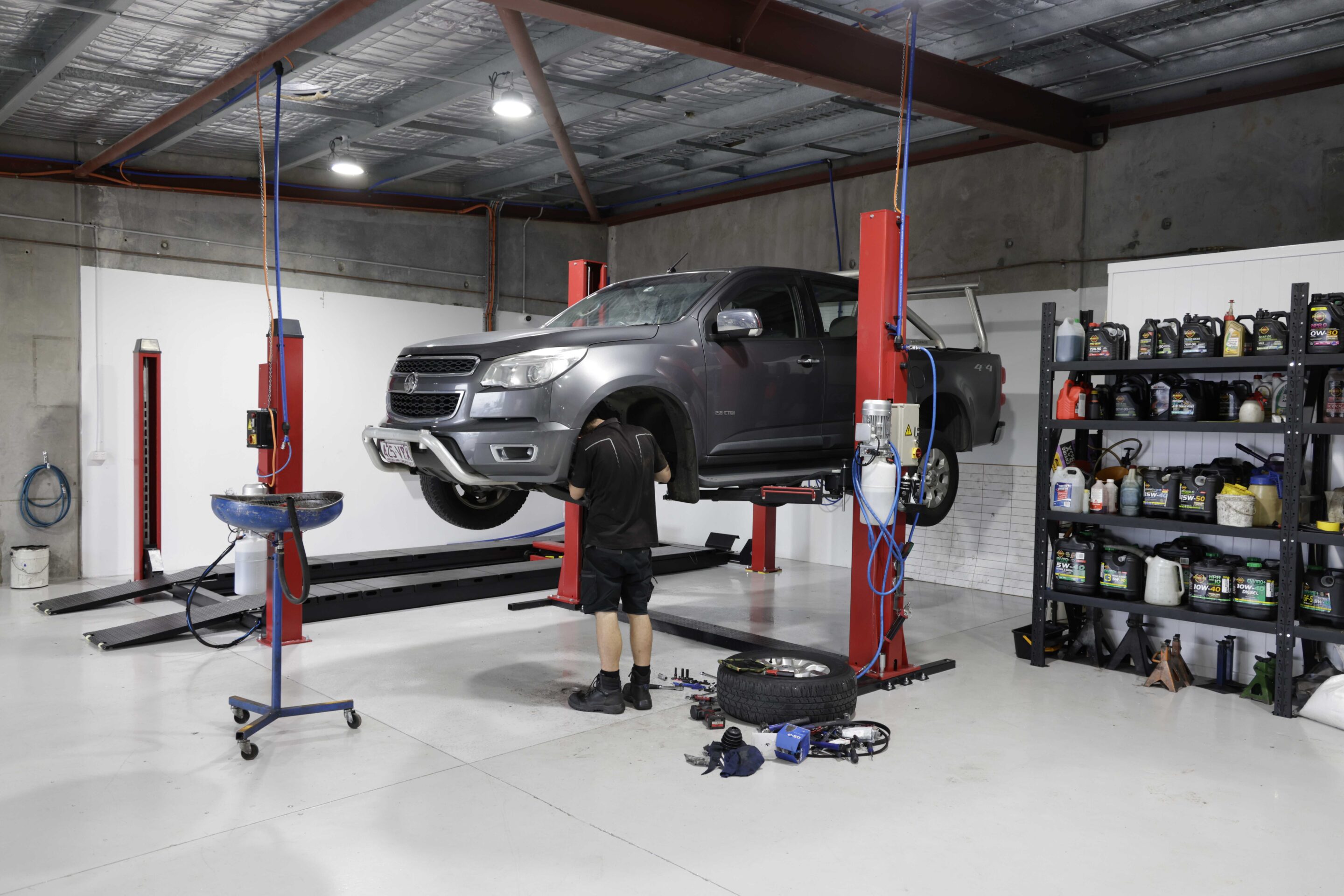
What Does a Car Exhaust Muffler Do?
There are more things than waste gases which pass through your exhaust system. Sound waves also do. Excessive noise from the exhaust isn’t only an annoyance to your neighbours. They are also a public health issue and have been linked to causing major heart problems.
Mufflers use a few different strategies to reduce noise. Mufflers direct sound waves through chambers or tubes which are inside the muffler. This leads to most of the sound waves cancelling each other out. It’s also possible that inside the muffler, there are materials which help to absorb sound.
Exhaust Pipes
Each of the exhaust components mentioned above have one thing in common. They are linked by exhaust pipes. The function is to direct gas through all the parts of the car exhaust system, before the gas exits from the tailpipes at the end of the exhaust.
What Is An Exhaust Resonator?
There are some mufflers which have been designed to tune the engine to sound a certain way, much to the appeal of their drivers. A famous example is the in-your-face roar of a V8 engine. Its distinct sound comes from the design of the muffler.
Some cars also have separate exhaust resonators, to take exhaust noise to the next level. These resonators are in the exhaust system, toward the front of the muffler.
Keep in mind that an exhaust resonator isn’t designed to reduce the volume of the exhaust. Instead, it cancels out and removes any ‘annoying’ frequencies, while keeping the ‘good’ ones for drivers to enjoy at full volume.
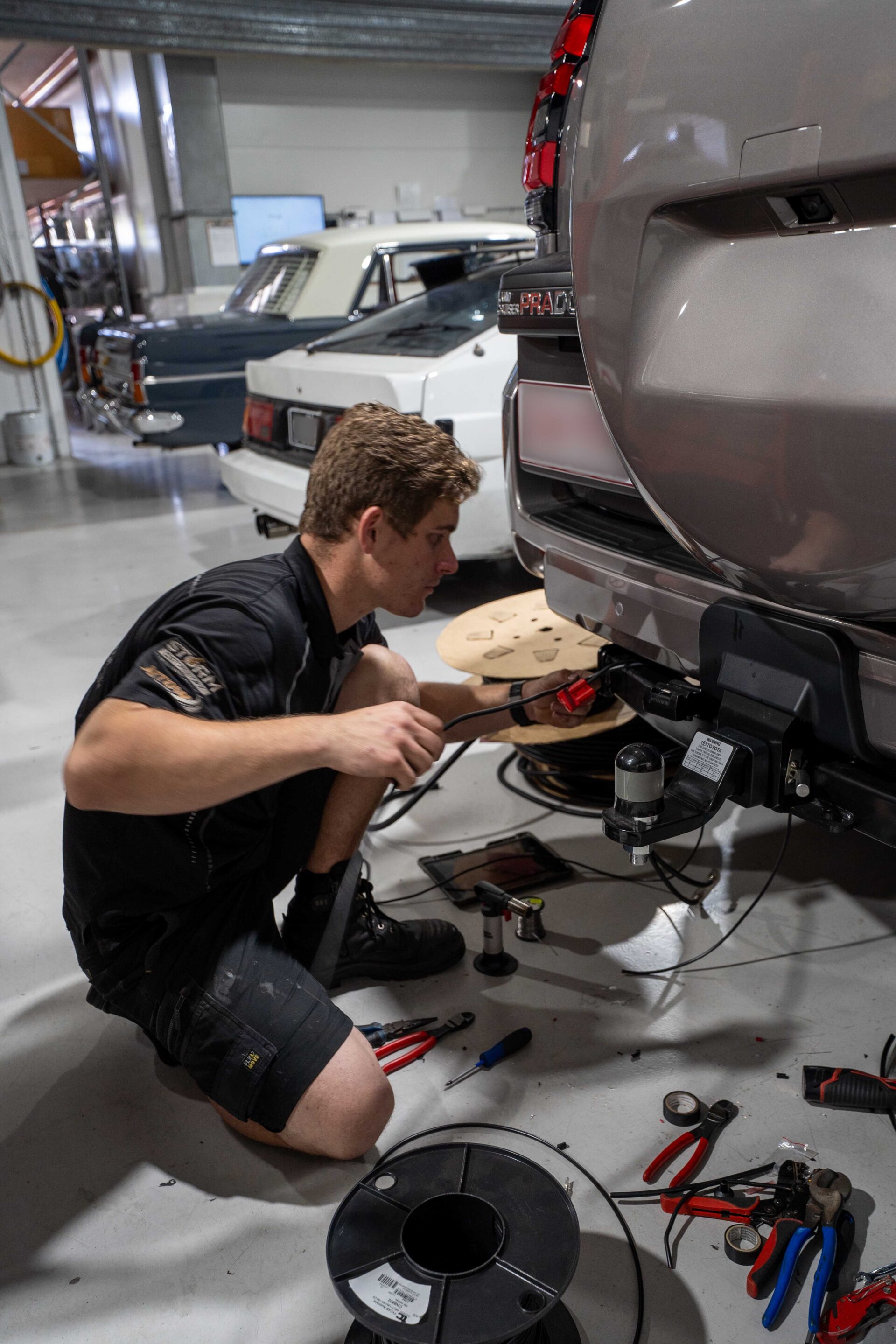
What Are Exhaust Tips?
Exhaust tips are hardware which is at the end of the exhaust system. It is connected to the muffler’s outlet. Usually, it is a straight pipe for many cars. It’s also possible to add separate exhaust tips. They will improve the sound, look and even the performance of your car.
What Is A Dual Exhaust?
Now that we’ve covered exhaust tips, what is the difference between them and dual exhaust? Many ‘sporty’ vehicles have dual exhaust tips. They are part of a single exhaust system.
The extra tips only provide a benefit between the short distance of the actual exhaust outlets and the muffler.
But, what about a dual exhaust system? Instead of one exhaust system, it will have two independent exhaust systems.
In a standard V8 or V6 dual exhaust system, each bank of cylinders will have its own exhaust system. This leads to the engine not having to push gases from all eight or six cylinders through one exhaust pipe and into a single muffler.
Because of this, the engine wastes less power. Which means there is more power available to increase performance.
What Is A Cat-Back Exhaust?
‘Cat-Back Exhaust’ is a term regularly used by car-loving enthusiasts. But what exactly does it mean? It’s not used to describe a particular type of exhaust system, but more to refer to where you are making changes in your system.
A cat-back exhaust means that all the parts of the exhaust system behind your catalytic converter have been upgraded. In other words, from the ‘cat’ back.
What Are Headers?
Headers are an alternative to a ‘traditional’ exhaust manifold. Something which hot-rod enthusiasts are likely familiar with. Headers will also collect any exhaust gases from each cylinder, into one tube. But, tubes for headers are a lot longer than they would be for an exhaust manifest. This increases performance by reducing the pressure needed to force any exhaust gas through the system.
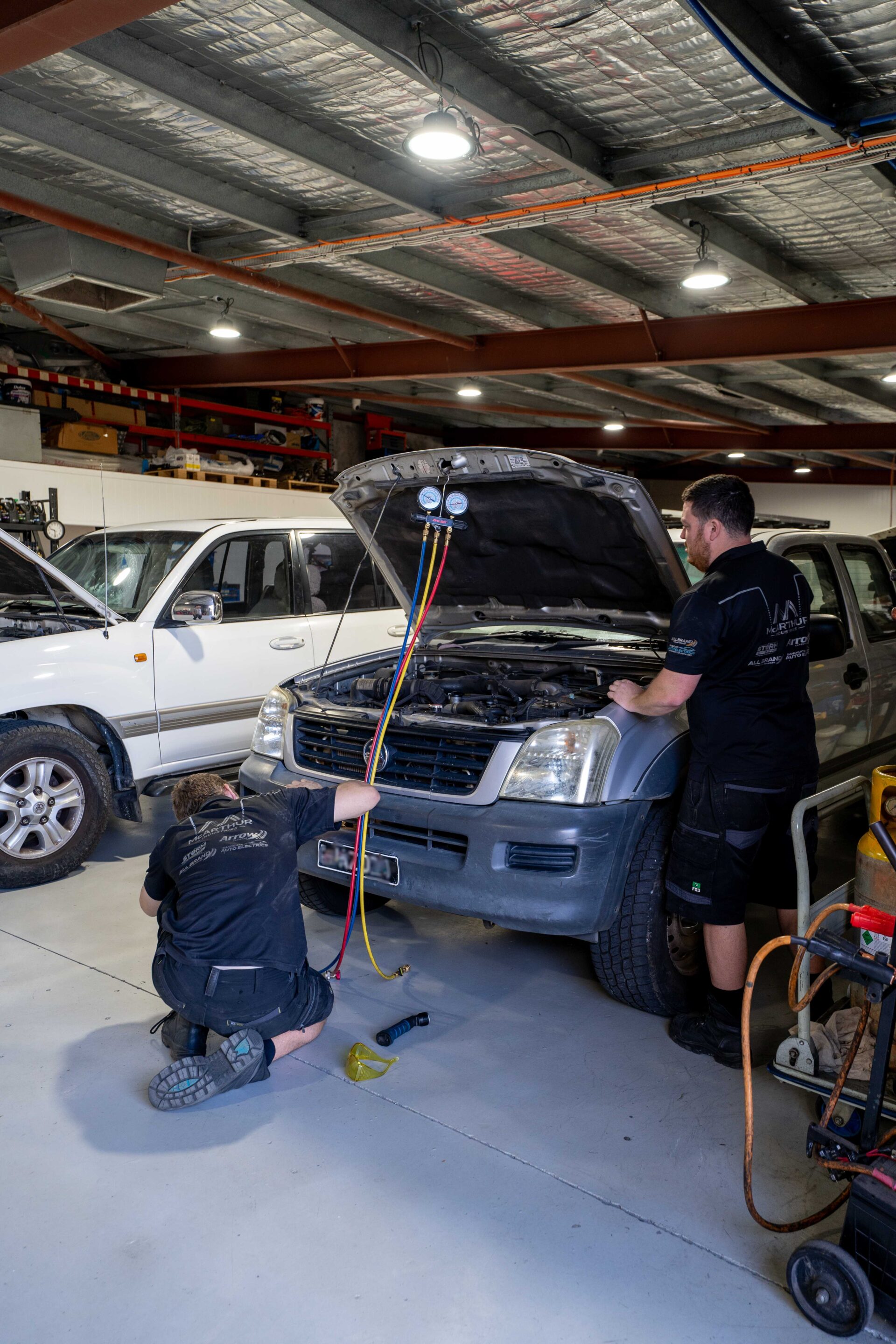
Is a Turbocharger Part of the Exhaust System?
The simple answer is ‘kind of.’ A turbocharger can be thought of as a single fan.This fan has a dual set of blades. The blades are like two small wheels, which are separated by an extremely short axle.
One of the sets of blades is combined into the flow of exhaust gas which comes from the engine. These blades spin faster as the exhaust gas increases.
As the set of blades is connected to the other set of fan blades, it causes them to spin as well. But, the second set of fan blades forms part of the intake system, which sucks in more fresh air. This allows the engine cylinders to create more power.
Benefits of a Healthy Exhaust System
Having a healthy exhaust system provides many benefits, such as:
- To maintain energy performance and fuel efficiency
- helps to keep the engine noise at a minimum
- Turns any dangerous chemicals from exhaust fumes into non-harmful ones.
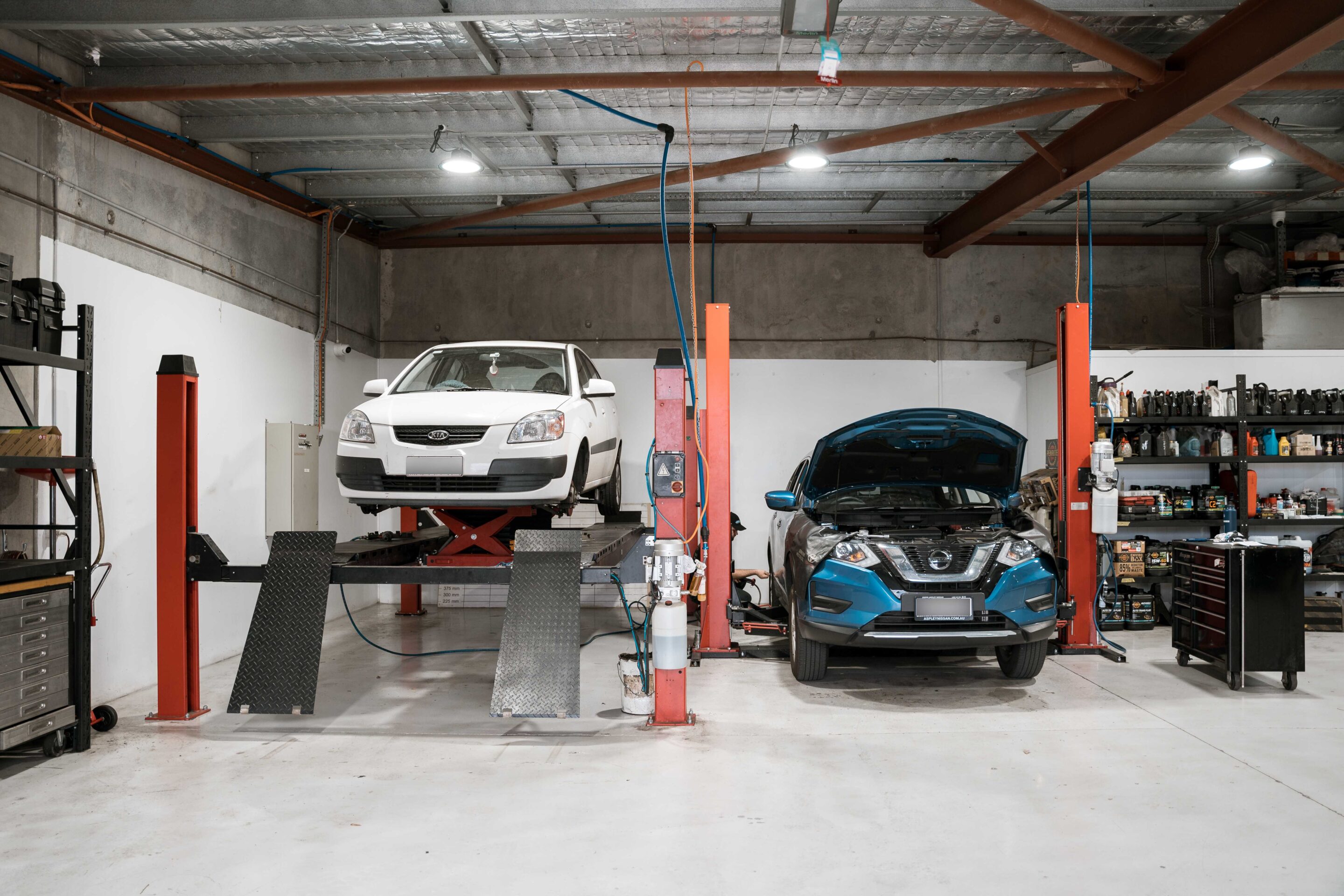
Car Exhaust System Diagram
A car exhaust system goes well beyond just a muffler and a tailpipe. It is instead a very complex system, which almost runs the length of your vehicle.
The following diagram shows how a typical car exhaust system looks
Picture Of Car Exhaust System
This picture shows where each car exhaust system parts name is underneath a vehicle
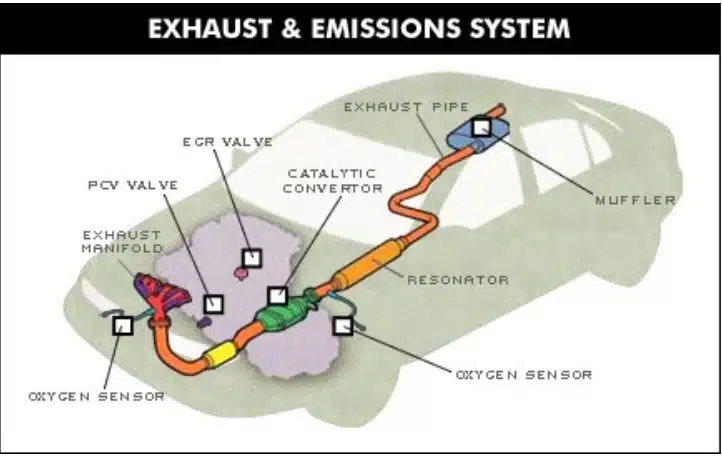
Common Problems with the Exhaust System
The exhaust system is bound to run into some common problems over time.
You can usually tell if there is a problem with your exhaust system, as there are some clear warning signs which include:
- The exhaust drags on the ground or rattles
- There are louder than usual exhaust sounds
- There is an unusual smell coming from the exhaust
Rust Damage
The most frequent way an exhaust is damaged or has wear and tear is due to rust, which can cause many different problems. If the rust problem is severe, it may even lead to structural damage or cause a complete exhaust failure.
In the most extreme cases, an exhaust pipe can be so damaged or corroded that it will come loose, and drag on the road as you drive.
If you find yourself in this situation, you should take your vehicle to the closest auto mechanic ASAP. If your vehicle is not safe to drive, then call the RACQ for roadside assistance.
Be careful not to inhale any fumes from the exhaust, as these may be highly toxic.
Rattling
What about if you hear a rattling sound under your vehicle? This usually means that there is something which has come loose. Generally, it is a bracket, piece of the exhaust pipe, or a heat shield.
If this is the case, then you should have your exhaust system serviced ASAP. Missing brackets or loose exhaust parts can end up damaging other more expensive pieces by adding extra stress to the structure of the exhaust system.
To DIY fix this kind of damage, there is a variety of exhaust mounting kits available.
Exhaust Fact: Going on many short journeys in your vehicle can lead to accelerated exhaust erosion. After you go on a short drive, the water vapour cools. Then it turns back into a liquid. This causes a higher chance than usual of rust formation in your exhaust.
Exhaust Manifold Common Problems
Exhaust manifolds are easily prone to damage from a few different ways.
- Firstly, exposure to cycles of extreme pressure, and heat. This leads to the exhaust manifold being so worn out, that it can no longer withstand the heat. When this happens, cracks start to form on the manifold. Over time, these cracks can then turn into small holes which is enough to cause a total failure.
- Secondly, the exhaust system hangers or mountings may break. This leads to the exhaust manifold experiencing extra pressure, which it has not been designed to withhold.
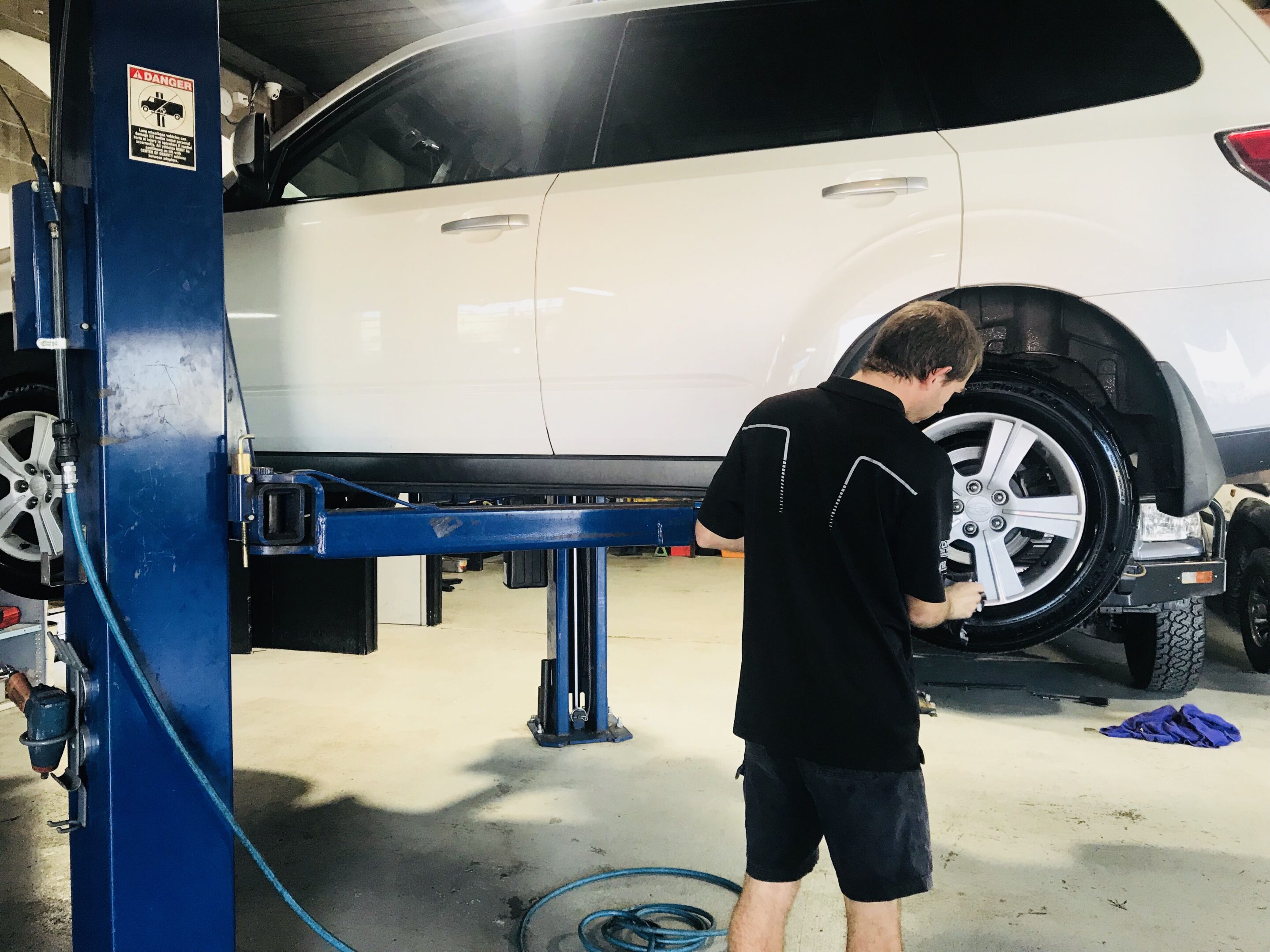
Oxygen Sensor Common Problems
Over time, as oxygen sensors become worn, they will give less accurate measurements.
Luckily, any modern vehicle has an alert on the dashboard to notify you anytime a sensor malfunctions.
It’s wise to replace faulty oxygen sensors as soon as you notice a problem. They are vital for fuel economy, and if not working correctly, can lead to a considerable amount of money due to extra petrol costs.
Catalytic Converter Common Problems
Catalytic converters can become choked or blocked. You will be able to tell if your catalytic converter is blocked due to the following:
– a noticeable lack of power with your car
– noticing heat from the floor of your car
– a sulphur smell (commonly likened to the smell of rotten eggs).
Diesel Particulate Filter Common Problems
Over time, DPF’s can become clogged. In severe cases, they may need replacing. DPF’s go through a regeneration process. This tries to clear out any soot. But, for the process to be successful, it requires specific driving conditions. If conditions aren’t ideal, then there is a possibility it may become clogged beyond what the engine management can clean, although this is rare.
The most common cause of clogged DPF problems is by driving a diesel vehicle a short distance without the engine having time to heat up properly. To stop this, additives can be added to your fuel.
Otherwise, you can take your vehicle for a long drive on a freeway. You will need to hold the engine at a higher RPM than usual (by using a lower gear than you usually would, while still driving at the speed limit).
Doing this can help for the DPF to begin the cleaning and regeneration cycle.
What if the DPF is already blocked?
Then you can use Diesel Particulate Filter Cleaner. Add the contents of an entire bottle to a full tank of diesel. The formula is highly concentrated and effective. It has been designed to be used when your vehicle’s dashboard displays the amber DPF warning light.
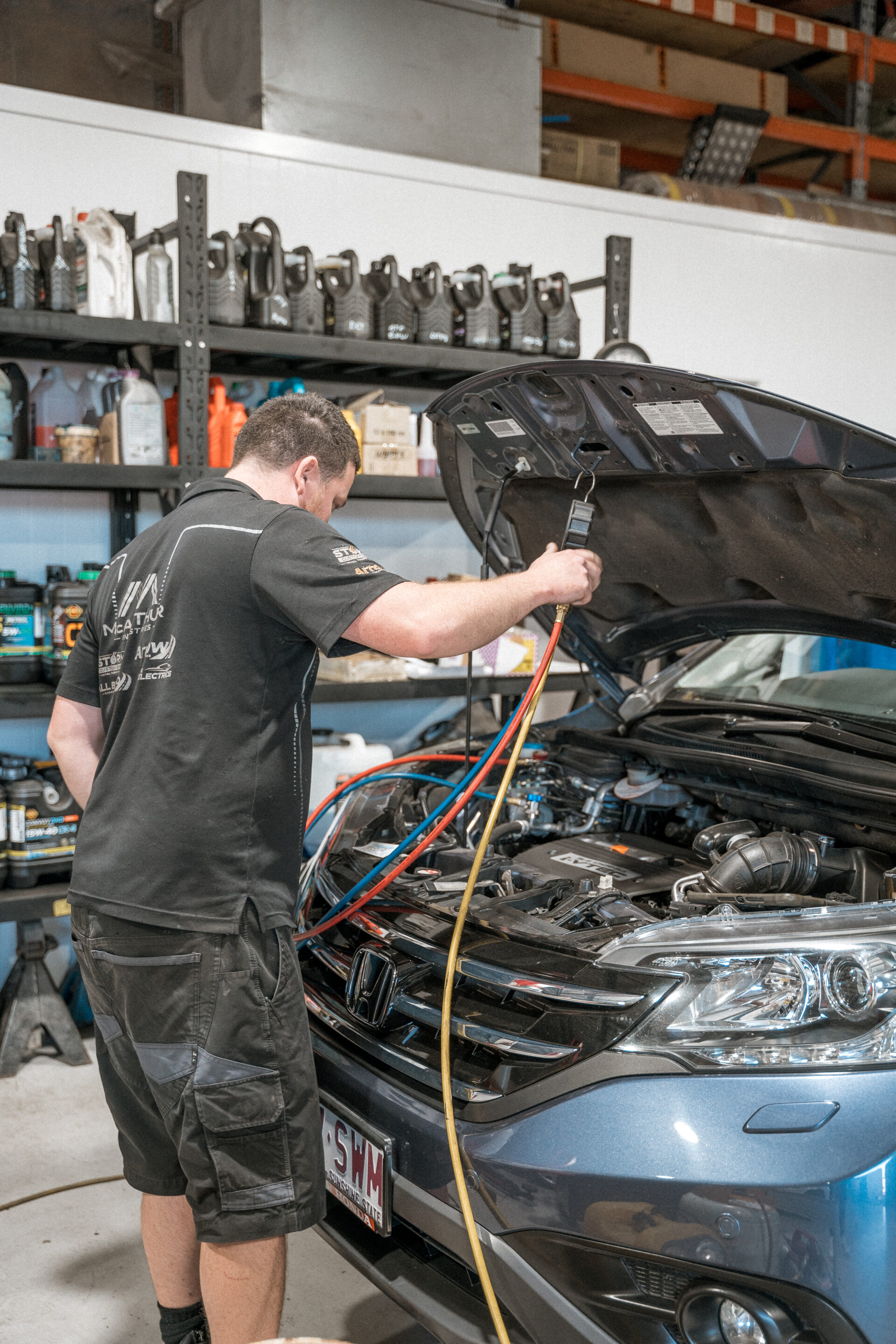
Muffler Common Problems
The vehicle will sound louder or noticeably different if the silencer is damaged. You can work out if the muffler is damaged by inspecting it. Does it have holes or rust? If you find any rust, it may mean there is a bigger problem within the muffler.
Be careful you don’t touch the exhaust pipe while it is still hot. Let it cool down first.
Exhaust Pipes Common Problems:
Rust is the main problem for exhaust pipes, which can lead to erosion or exhaust damage. The linked exhaust pipes can become very rusted, that leads to small holes forming.
Car Exhaust System Repair
If you are looking for the loudest car exhaust system for your car, there are many different options to consider.
As you come cruising around the corner, that unmistakable rumbling tone sings it’s sweet song.
If you want the loudest car exhaust system, there are four different things you can do to make it louder.
The first thing which affects an exhaust is the engine and its size. The greater the volume of the engine, the greater the exhaust output will be.
Although, you probably don’t want to replace your engine to make your exhaust louder. Let’s take a look at the other options.
They are:
- Muffler type and construction
- Exhaust system piping
- Exhaust-tip style
By directly altering or replacing any of the above, it will affect the sound of your exhaust, and lead to the loudest car exhaust system for your vehicle.
For best results, and the loudest car exhaust system, it’s recommended to buy an exhaust kit.
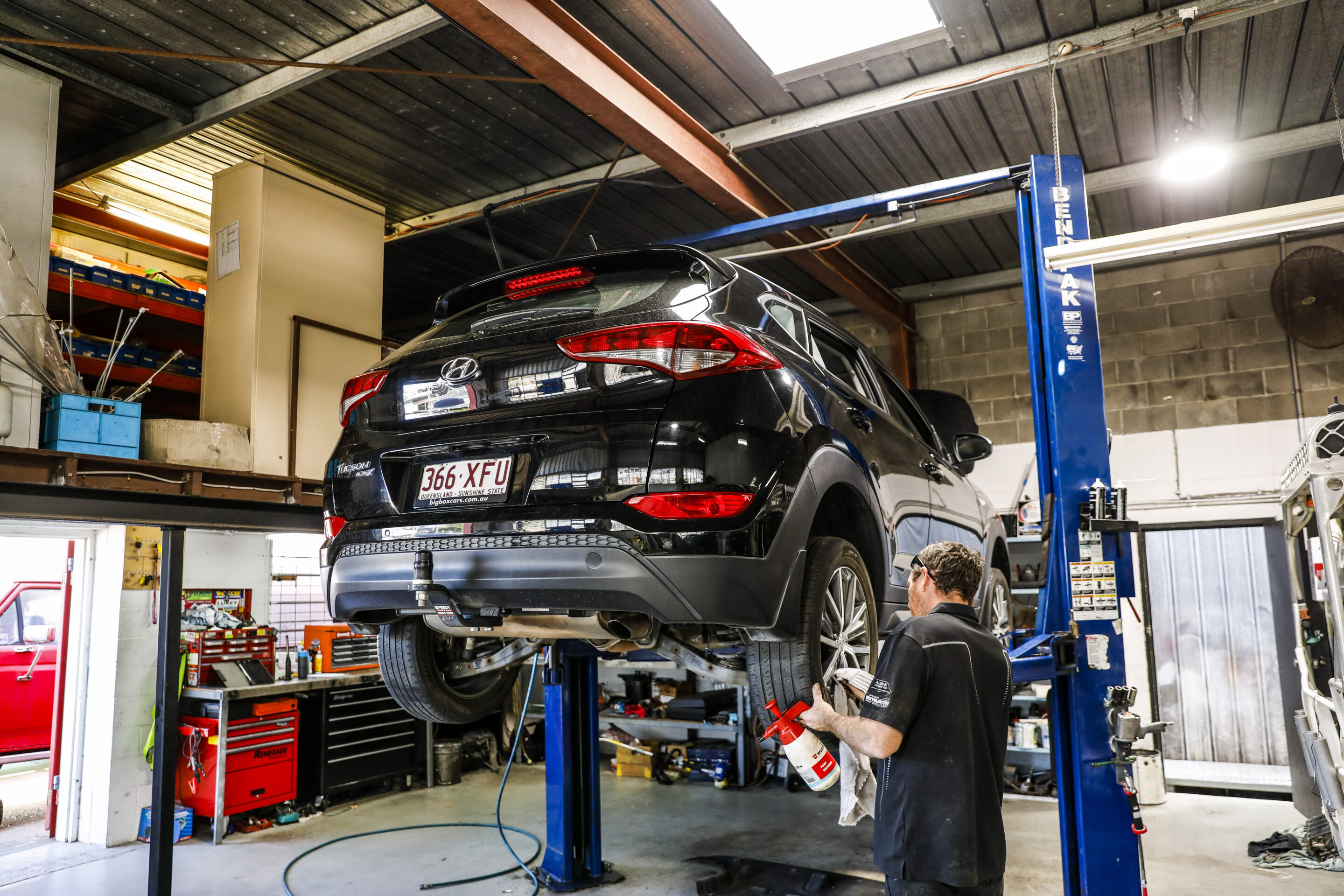
Exhaust Kits
Are you are looking for an exhaust kit for your car? Here are the industry leading performance exhaust system kits.
Flowmaster Exhaust Systems
Flowmasters bring the noise! Each kit is vehicle specific and specially designed to fit the year, make and model of your car to deliver the best performance.
There are five different exhaust kit systems – designed to fit your choice of sound. The kits range from mild, moderate, aggressive through to very aggressive tones.
The Flowmaster kits are available in either aluminised or Stainless Steel construction.
Choose from the following:
- Outlaw Series – the most aggressive and race-oriented system
- American Thunder – chambered muffler system with an aggressive tone
- Flow by Flowmaster – straight-through muffler system with an aggressive tone
- dbX Series – the best choice for Sports Compact, Euro and Import cars
- Force II – features a mild chambered muffled tone
Flowmaster’s kits are U-Fit, meaning they have been designed for both professional installers and DIY builders alike.
The kits are designed to work with Flowmaster mufflers, and the universal pipes work with any application
Visit Flowmasters for more information.
Other recommended brands include:
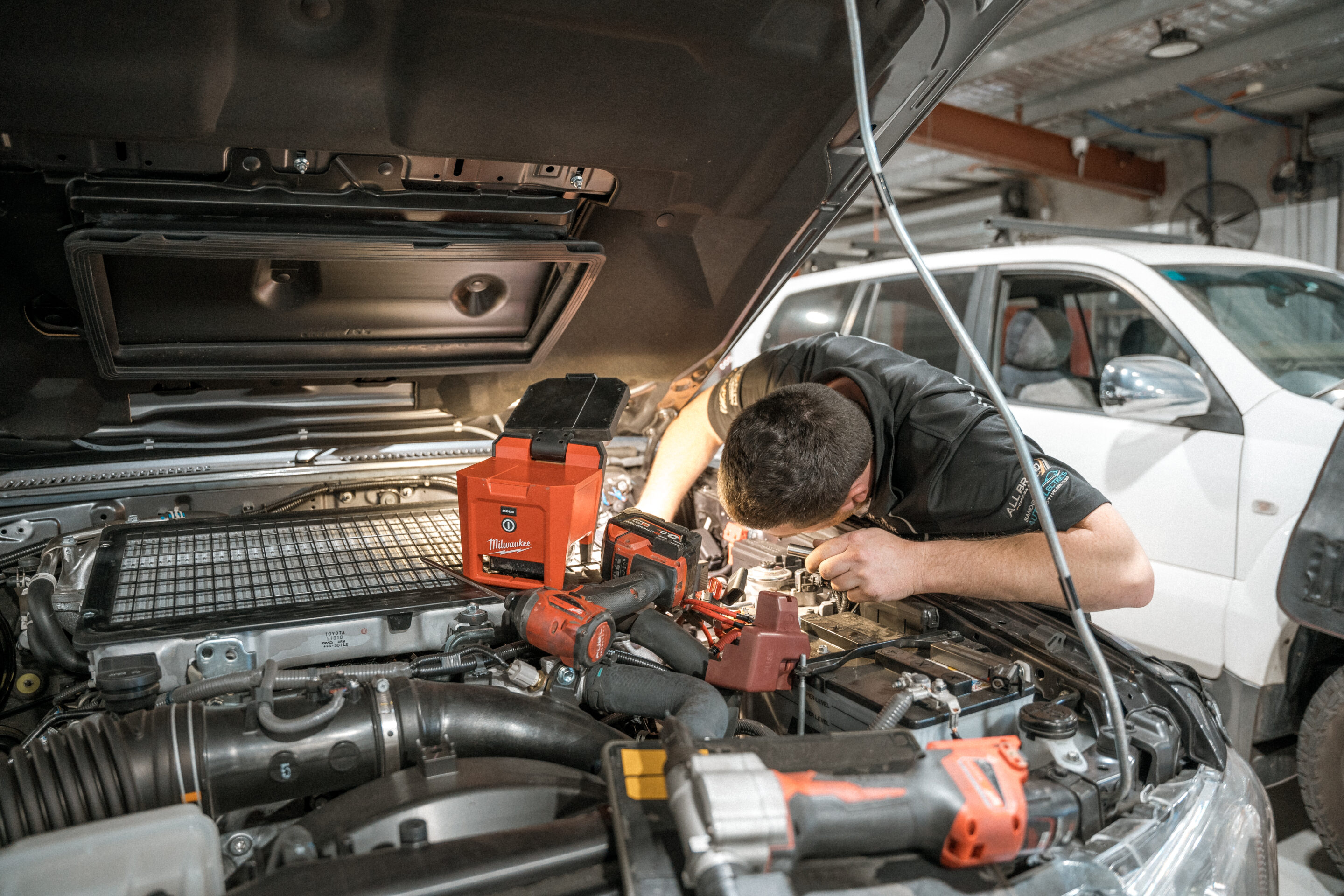
Performance Exhaust
Do you want to add a performance exhaust to your car? Great, but before you do any modifications, you should first call your insurance company.
Make sure that they update your policy to note a modified exhaust. Otherwise, if the unfortunate were to happen, and you were in an accident, your insurer could reject your claim due to a modification.
Also, some modifications to a standard exhaust may be illegal for some vehicles or in some states and attract hefty fines. So it’s best to check before you hand over your hard earned cash on the muffler, or pipes of your dreams.
Generally, a “sports” system will be much noisier than a standard exhaust. Will you be driving it in a built-up residential area? This may draw complaints from neighbours.
If you find yourself driving a lot on unsealed roads, then a modification which is highly recommended is a skid plate. It is either welded or attached by a U-bolt clamp to the bottom of the car exhaust muffler. This goes a long way to preventing any damage to the front and bottom of the exhaust.
Add Extra Power
If you are looking to boost the performance of your car, the best place to start is the car exhaust system.
By adding extractors, you can boost the power of your engine, without breaking the bank. You’ll be surprised at the difference they make.
There are extractors available for many different vehicles.
Besides extra power, they also offer the following benefits:
- Provide increased towing power
- Makes your engine run cooler
- Provides improved fuel economy
Magnaflow Exhaust Systems
Magnaflow exhaust systems deliver the sound you want, as well as all the power you need. Featuring quality construction, as well as an exact fit for your make and model car. If you want an exhaust system which boosts horsepower and mileage, then Magnaflow is the choice for you.
For more information, visit the Magnaflow website.
Borla Exhaust Systems
Borla provides a sparkling stainless steel performance exhaust system. Highly efficient, without a restrictive design allows it to improve sound, and increase the horsepower and torque. Borla is perfect for quicker acceleration, allowing you to reach max speeds in no time.
For more information visits the Borla website.
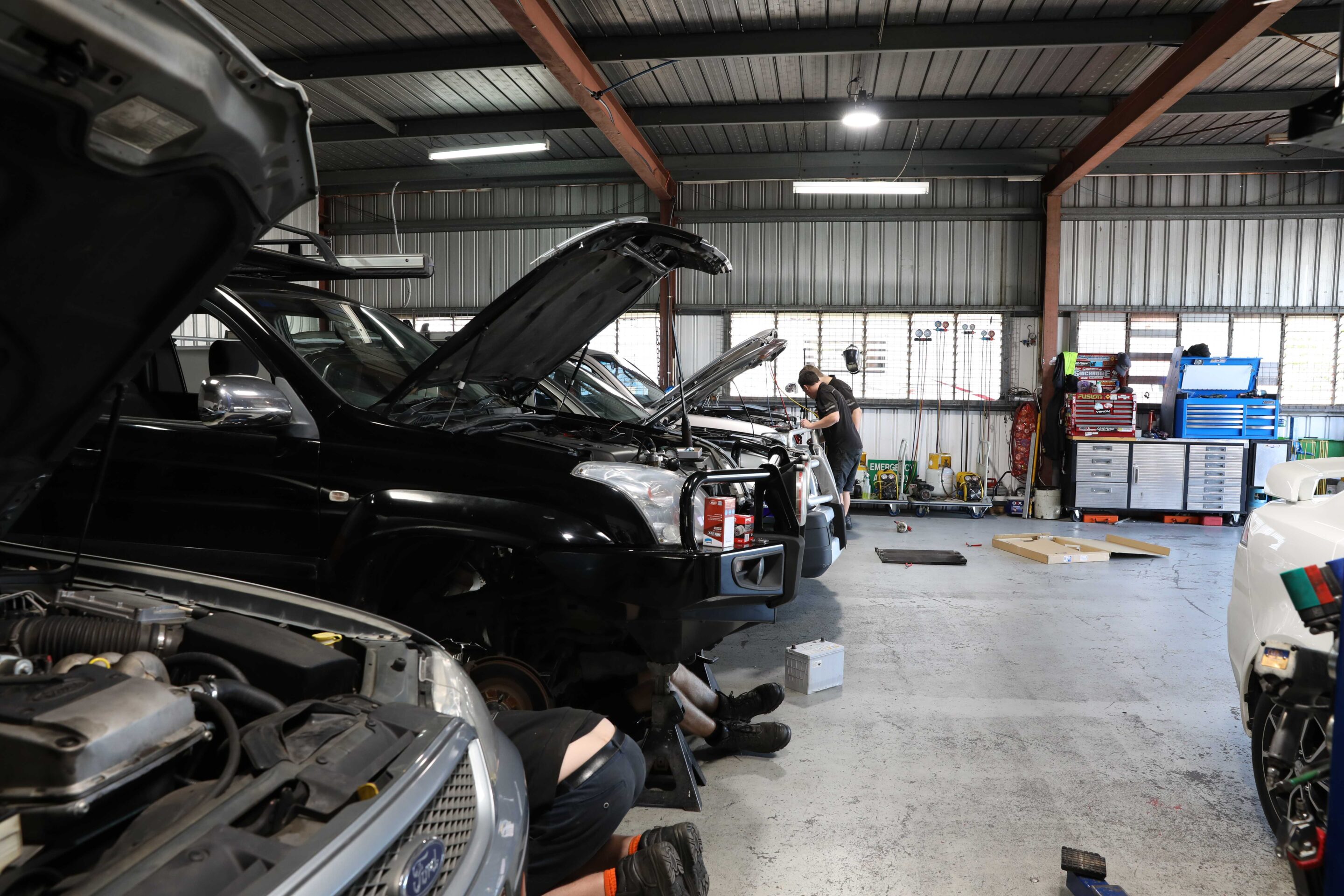
Performance Exhaust
Do you want to add a performance exhaust to your car? Great, but before you do any modifications, you should first call your insurance company.
Make sure that they update your policy to note a modified exhaust. Otherwise, if the unfortunate were to happen, and you were in an accident, your insurer could reject your claim due to a modification.
Also, some modifications to a standard exhaust may be illegal for some vehicles or in some states and attract hefty fines. So it’s best to check before you hand over your hard earned cash on the muffler, or pipes of your dreams.
Generally, a “sports” system will be much noisier than a standard exhaust. Will you be driving it in a built-up residential area? This may draw complaints from neighbours.
If you find yourself driving a lot on unsealed roads, then a modification which is highly recommended is a skid plate. It is either welded or attached by a U-bolt clamp to the bottom of the car exhaust muffler. This goes a long way to preventing any damage to the front and bottom of the exhaust.
Add Extra Power
If you are looking to boost the performance of your car, the best place to start is the car exhaust system.
By adding extractors, you can boost the power of your engine, without breaking the bank. You’ll be surprised at the difference they make.
There are extractors available for many different vehicles.
Besides extra power, they also offer the following benefits:
- Provide increased towing power
- Makes your engine run cooler
- Provides improved fuel economy

